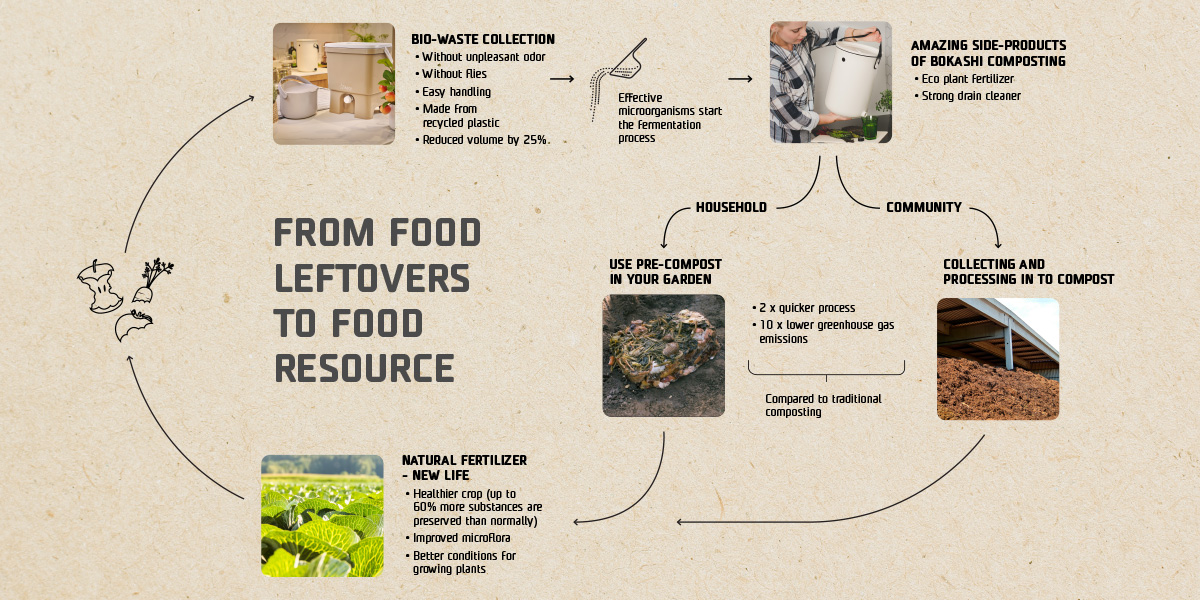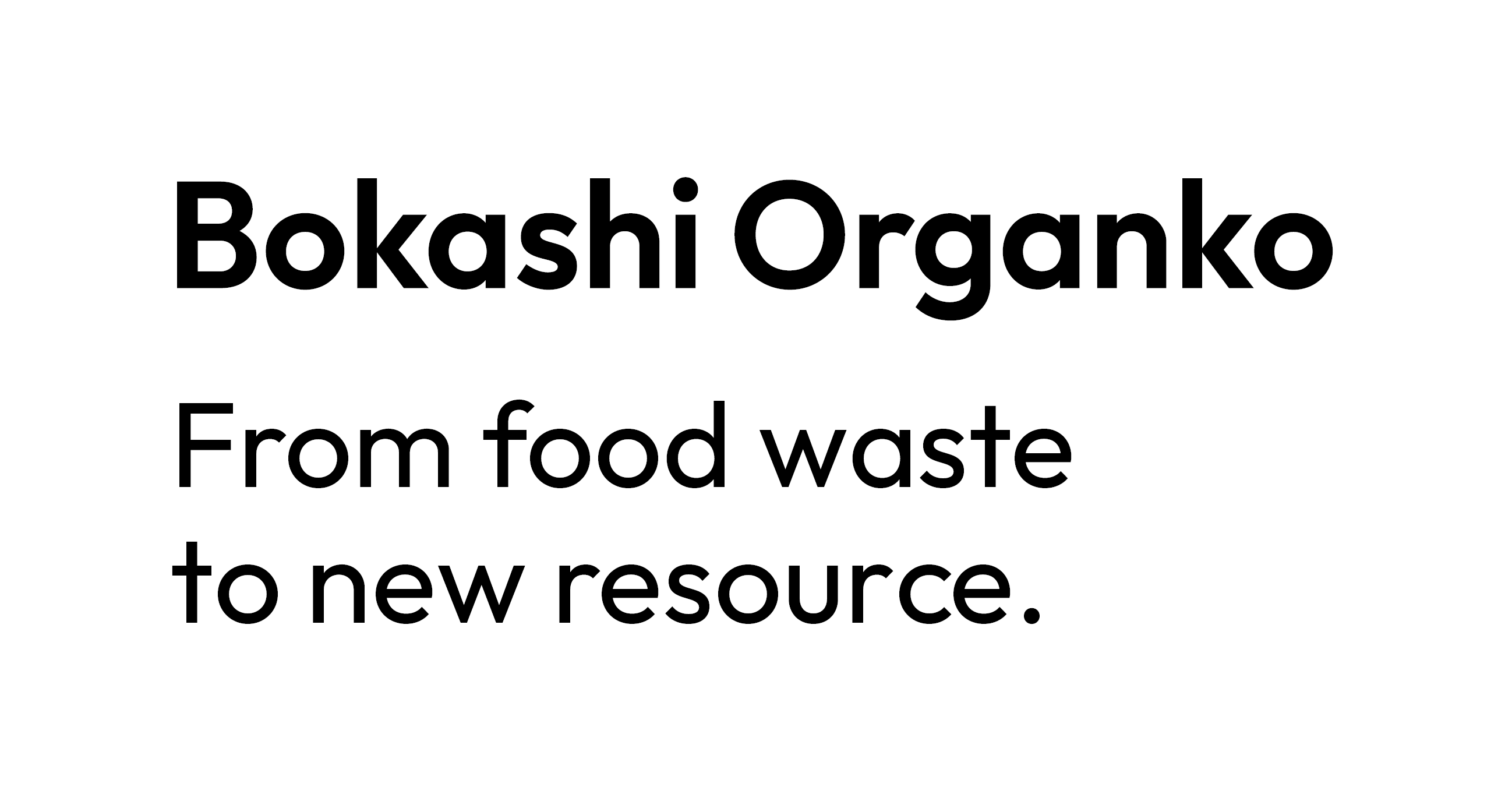“Urban farming” might sound like a phrase that just can’t work, or can it? Sure, when we hear or read the word “farming”, most of us think of large rural farms. And yes, most of the farming is still rural. However, with the constantly rising level of awareness of the importance of properly managing organic waste, more and more municipalities and individuals have started properly using their previously wasted resources. As such, urban farming is becoming an increasingly popular thing. Of course, this type of farming often comes in the form of indoor plants, rooftop-raised garden beans, and smaller gardens. Though, when strong communities are formed, urban farming can often take on a whole new form. This is particularly true when community composting enters the picture.
 Urban farming and community composting
Urban farming and community composting
If this is your first encounter with community composting, note that we talk about it when a group of people, typically living in close proximity, joins forces to ensure that its organic waste is properly collected and converted into compost. The latter can then be transported to farms to use this valuable resource. However, in the case of urban farming, it is often used by the same community to produce organic food. As such, community composting can come in various forms and scopes.
Moreover, since kitchen waste represents more than one-third of municipality waste, there’s a lot of potential for community composting. Essentially, every household can (and should) participate. And, while rural households normally have a simpler task of closing the #bokashiloop themselves, urban households need to join forces to make the most impact. Furthermore, to make an even greater impact, it is important that residents, local authorities, and organic waste collecting companies work together. This is when community composting and urban farming can thrive on a larger scale.
In addition, to make sure that you all have a clear “why?” motivating you to make urban farming and community composting work, let’s look at the main benefits of community composting.
%20is%20the%20most%20efficient.jpg?width=1200&name=it%E2%80%99s%20been%20proven%20that%20bokashi%20composting%20(bokashi%20fermentation)%20is%20the%20most%20efficient.jpg) Benefits of community composting
Benefits of community composting
Following are the benefits of community composting, which we’ve divided into five groups. Each bullet point follows “Community composting …”.
Raising awareness
- Teaches community members to separate food scraps properly and use them as new resources.
- Educates children and the general public about composting, how it is done, and how it can be incorporated into everyday life.
- Creates advocates and the necessary leadership for changes in policies, laws, and regulations.
- Prepares the next generation for full-scale composting as part of their way of life.
Environmental benefits
- Creates a rich nutrient-filled soil amendment.
- Enhances soil fertility.
- Improves soil structure, thus reducing stormwater runoff and soil erosion.
- Substitutes for energy-intensive fertilizers, pesticides, and fungicides.
- Improves plant growth and thus carbon sequestration.
- Reduces the amount of waste.
- Protects the climate by cutting landfill methane emissions and creating a carbon sink in soils.
- Reduces vehicle emissions by decreasing transportation distances between material generators and compost producers and users.
Community benefits
- Allows for a neighborhood level and local operation.
- Builds the culture and know-how of composting in the community.
- Keeps resources and money changing hands within the local community.
- Builds healthier local soils.
- Promotes human-scale technology instead of large capital-intensive systems.
- Supports locally-grown, healthy food production and “closed-loop” systems.
Local government benefits
- Diverts materials from landfills and incinerators.
- Allows management of organic materials close to the source.
- Meets local directives for recycling and waste reduction.
- Extends the life of regional landfills, avoiding the cost and environmental impact of new disposal facilities.
- Helps reduce public and private sector solid waste management costs.
- Builds support for local municipal composting programs.
- Offsets stormwater costs (when compost is used in low-impact development)
The local economy, jobs training & employment benefits:
- Stimulates and diversifies local economies by supporting local small-scale enterprises.
- Encourages local training, volunteering, and employment opportunities.
- Sustains more jobs on a per-ton basis than landfilling or incineration.
- Helps urban and rural farmers diversify farm products and increase farm income.
- Supports new businesses in green infrastructure and low-impact development (e.g., rain gardens, green roofs, conservation of landscapes, and bioswales).
Urban farming made simple
To make the most of urban farming, community composting is an essential part. However, it is by no means a prerequisite for your personal urban farming endeavors. By using indoor composting, you can easily and neatly collect your kitchen waste and create a nutrient-rich soil builder. Moreover, you might be aware that there are several different ways of composting. Though, it’s been proven over and over again that bokashi composting (bokashi fermentation) is the most efficient, environmentally-friendly, and user-friendly way of responsibly managing organic waste. For instance, there’s a huge difference between bokashi composting and vermicomposting. The last thing most people want is to have worms in their apartments and houses.
However, to make the most of the bokashi method, it is important to use proper bokashi composters. A proper urban composter must help you ensure that factors affecting the composting process are easily optimized. Hence, it needs to ensure air-tight conditions and ease of collecting bokashi liquid. Of course, a compact size, a pleasant design, and a practical way of handling the bin should also be there.
 So, we encourage you to start your urban farming with a proper indoor composter today. It takes about 14 days to convert food scraps into pre-compost mass, which you can mix with soil to create your own compost (7 ways of how to use bokashi compost fermented mass). Then use your indoor pots, balcony-raised garden beams, or gardens that you might have outside of the building to plant your favorite plants. Moreover, along the way, you will also get a natural fertilizer or a drain cleaner.
So, we encourage you to start your urban farming with a proper indoor composter today. It takes about 14 days to convert food scraps into pre-compost mass, which you can mix with soil to create your own compost (7 ways of how to use bokashi compost fermented mass). Then use your indoor pots, balcony-raised garden beams, or gardens that you might have outside of the building to plant your favorite plants. Moreover, along the way, you will also get a natural fertilizer or a drain cleaner.
Parting words
Community composting and even some forms of urban farming are still in their infancy. However, several progressive communities are already showing us the way in various parts of the world: The Sustainable City in Dubai, Toulouse in France, Biocompost Ecuador, Unikom Osijek, Snaga Maribor, and others. These projects help provide valuable insight into the above-listed benefits and serve as leading examples for other communities to take the necessary action. After all, we need to connect and work together to change our ways and create a sustainable planet!
 Moreover, in case you are eager to find like-minded folks to take action, we invite you to join the Bokashi Organko community. Nonetheless, if you want to learn all you need to know about all the phases of #bookashiloop, make sure to enroll in Bokashi Academy. There, you’ll find out how to properly collect, process, and use bokashi composting. We look forward to seeing you on the other side!
Moreover, in case you are eager to find like-minded folks to take action, we invite you to join the Bokashi Organko community. Nonetheless, if you want to learn all you need to know about all the phases of #bookashiloop, make sure to enroll in Bokashi Academy. There, you’ll find out how to properly collect, process, and use bokashi composting. We look forward to seeing you on the other side!


